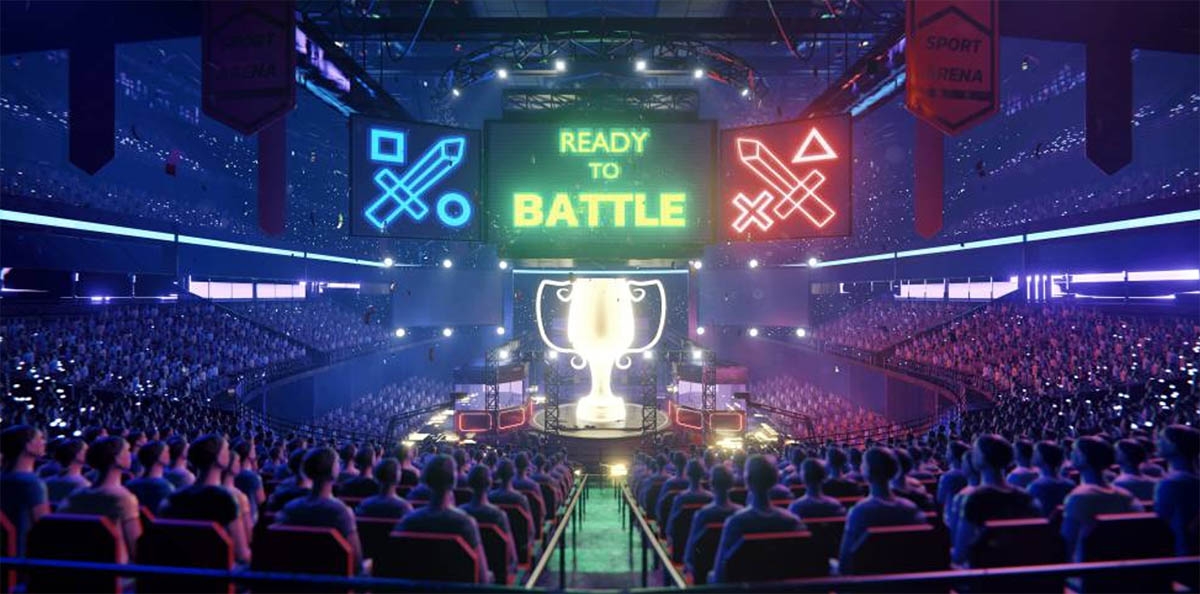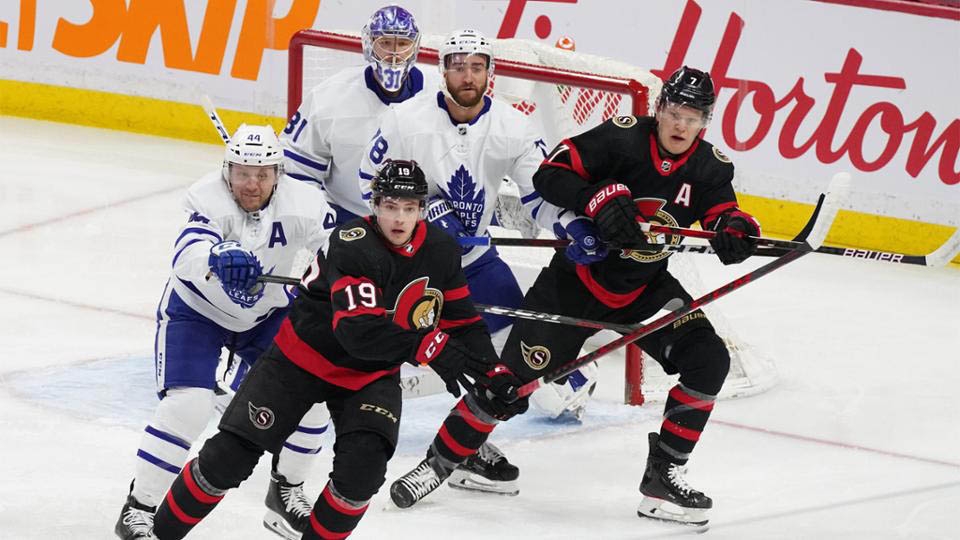
Why eSports are getting more popular than traditional sports
We hear about eSports more often than ever. Over the last 5 to 8 years, the competitive games scene has become mainstream, surpassing some traditional sports.
Not only kids are into eSports, but a huge fan base comes from millennials, and year after year, the number of viewers grows. But why? What eSports have that makes it so appealing to younger generations?
One reason could be the pandemic; with sports even canceled in 2019, 2020, and 2021, many people approach electronic sports as a new way of entertainment and excitement. But the truth is this phenomenon is not recent; in fact, its crescent curve comes from years ago.
Popular and accessible
A person who wants to become an eSports player may have more chances to accomplish his goal than a kid who dreams of being the greatest soccer player of his generation.
Becoming a professional sportsman is not only about talent or practice. Yes, those two play an important role, but also does being in a country with a good sports system and economic support. Sadly, not all talented girls and boys meet all the requirements.
ESports changed that. You don’t need more resources than a regular pc and Internet connection. Also, you depend entirely on your skills and not governments, organizations, or medium/high social status.
Many professional eSports gamers come from low-income families. Determination and love for the game give them the opportunity to perform in a pro league.
Besides all that, the games dominating the competitive scene are among the most popular: League of Legends, Counter-Strike: Global Offensive, Fortnite, Tetris, Valorant, FIFA, and on. Their fans love to see some action; they get excited about the mechanics professional gamers show and love to see how a team can do their best to win.
In conjunction with technology, this combination makes eSports so attractive to the masses.
A millionaire industry
Money is the thing that makes the world turn. It doesn’t matter if you have this big idea that may be accessible and fun to people if you cannot earn money from it. This is a reality that we must accept and go on with it.
eSports is growing fast because it is able to generate enough money to function properly, give higher prizes, deploy an entire human force, and keep evolving.
In 2021, the total market value of the Esports industry exceeded $1 billion, which represents an increase of over 10% in comparison with 2019. Of course, we can say this little jump has its explanation for the pandemic. But even with that being the truth, the eSports Market is forecast to be worth around $1,62 billion in the next two years.
According to Newzoo data, the main revenue of the eSports market comes from Sponsorships, with a 60% total of the revenue or $641 million in currency. Next is Media rights with $192.6, following Publisher fees, Merchandise, and Tickets.
The game of money is not only reflected in the industry but also in the betting side. Betting for games like LoL, CS:GO and the All-time favorite Call of Duty is more common than most people believe.
Are eSports going to beat traditional Sports?
We don’t think eSports will beat all traditional Sports, but it surely has more views than many sports like volleyball, ping pong, cricket, or chess. Instead, we believe eSports will be one of the greatest, competing for views with tennis, basketball, and baseball.
One proof of that is the League of Legends World event, where the game peaked at 205 million views. Meanwhile, the Super Bowl of that year only got 98 million. This may be circumstantial but is an important insight to look out into the sports scene.
Views are a way of metrics eSports success, but not the only one. Also, university programs to help students become pro-gamers have a considerable impact when measuring success.
Saint Joseph’s Director of Athletics Jill Bodensteiner says that eSports offers many opportunities for students, especially with the fact that cities like Philadelphia are emerging as esports epicenters.
We probably are in front of a new era for eSports, the moment when they became one of the “conventional” sports.








